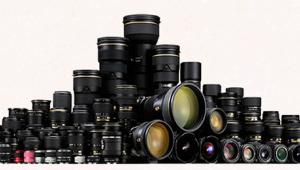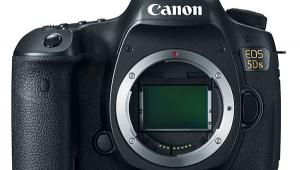In today's society, instant sharing and gratification are more important than quality. Cell phone cameras facilitate this better than almost any other photographic tool. You can shoot a poor or okay quality photo or video and post it the the web or email it immediately. The Polaroid camera provided instantaneous pictures to share with everyone. Sound familiar?
One potential problem that I see is that people who see a well taken picture will think it was a product of Photoshop, because it looks so much better than ones taken with a cell phone!
















































